Home>Technology>Home Entertainment Systems>How To Design A Home Theater
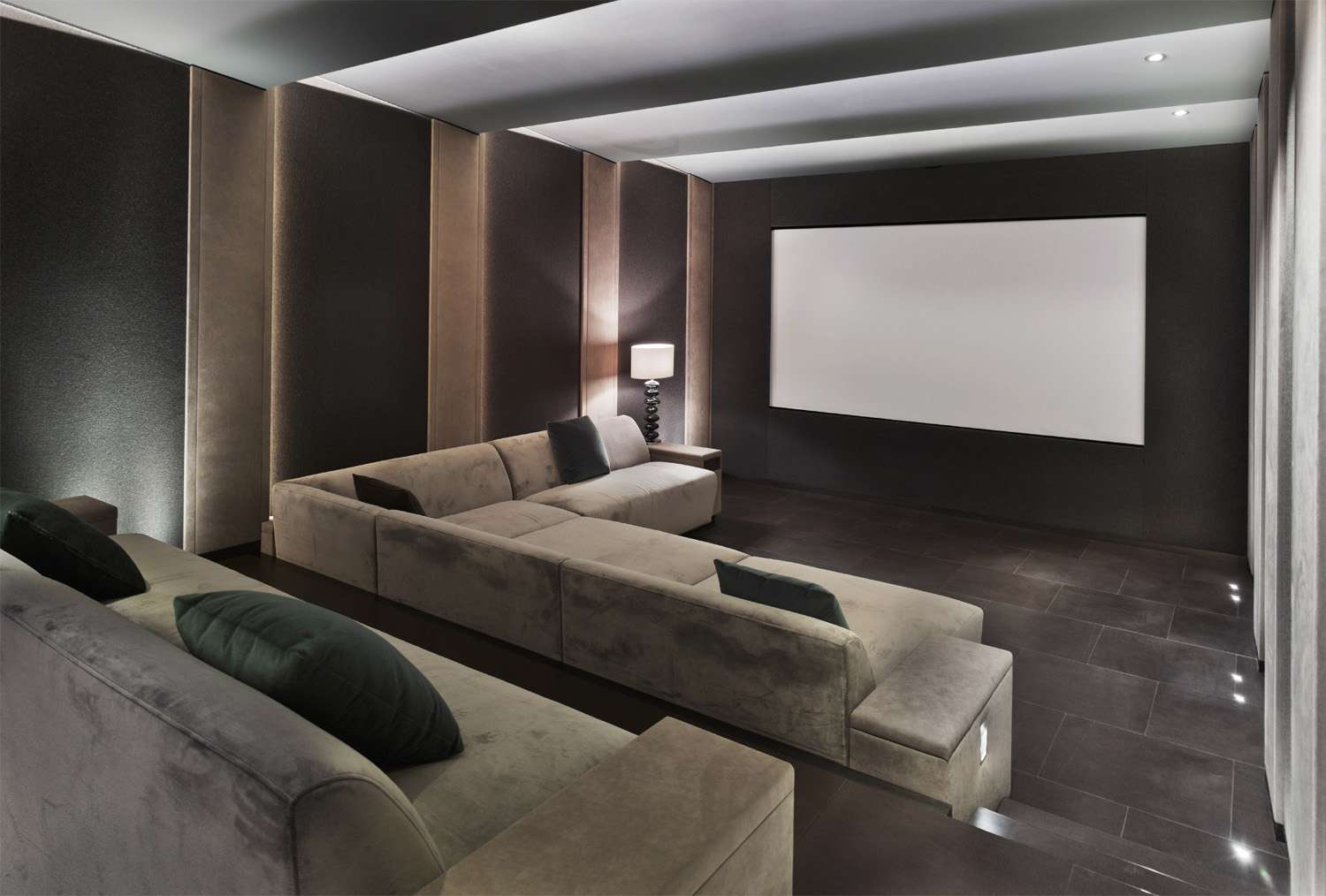

Home Entertainment Systems
How To Design A Home Theater
Published: February 15, 2024
Learn how to design a top-notch home theater with our expert tips and advice. Create the ultimate home entertainment system for an immersive viewing experience.
(Many of the links in this article redirect to a specific reviewed product. Your purchase of these products through affiliate links helps to generate commission for Storables.com, at no extra cost. Learn more)
Introduction
Creating a home theater is a thrilling endeavor that can transform your living space into a captivating entertainment hub. Whether you're a movie buff, a gaming enthusiast, or a music lover, a well-designed home theater system can elevate your audiovisual experience to new heights. From selecting the perfect room to fine-tuning the acoustics, every step in the process contributes to the ultimate goal of achieving a cinematic atmosphere within the comfort of your own home.
As you embark on this journey, it's essential to approach the design process with a blend of creativity, technical knowledge, and a keen eye for detail. This article will guide you through the essential steps of designing a home theater, covering everything from room selection and equipment choices to layout design, soundproofing, lighting, and installation. By the end of this comprehensive guide, you'll be equipped with the knowledge and inspiration needed to create a home theater that not only meets but exceeds your entertainment expectations.
Let's dive into the intricacies of crafting a home theater that reflects your unique style and delivers an immersive audiovisual experience. Whether you're starting from scratch or revamping an existing space, the following steps will empower you to design a home theater that becomes the envy of your friends and the favorite destination for unforgettable entertainment experiences.
Key Takeaways:
- Create a captivating home theater by choosing the right room, selecting quality equipment, and designing a layout that enhances the audiovisual experience. Soundproofing, acoustics, lighting, and décor add the finishing touches for an unforgettable entertainment space.
- Transform your home into a cinematic haven with a well-designed home theater. Carefully select the room, equipment, layout, and ambiance to create an immersive and personalized entertainment experience that exceeds your expectations.
Read more: How To Soundproof A Home Theater Room
Step 1: Choosing the Right Room
Selecting the ideal room for your home theater is the foundational step in creating an immersive entertainment space. Consider the following factors to ensure that your chosen room sets the stage for an exceptional audiovisual experience:
Room Size and Shape
The dimensions of the room play a crucial role in determining the acoustics and overall viewing experience. Opt for a room that provides ample space for seating, equipment, and sound optimization. A rectangular or square-shaped room is generally preferred, as it helps distribute sound more evenly and allows for optimal placement of speakers and screen.
Light Control
Controlling natural and artificial light is essential for achieving an authentic theater ambiance. Choose a room with minimal windows or the option to install blackout curtains or shades. This ensures that you can enjoy movies and games without the distraction of glare or reflections, enhancing the overall viewing experience.
Noise Isolation
Select a room that minimizes external noise interference. Consider spaces away from high-traffic areas, such as bedrooms or basements, to reduce the impact of household activities on your viewing and listening pleasure. Additionally, rooms with carpeted floors and sound-absorbing materials can help dampen sound transmission, creating a more immersive audio experience.
Read more: How To Hide Home Theater Cables
Accessibility and Comfort
The convenience of accessing the room and the comfort it offers are vital considerations. Choose a location that is easily accessible from the main living areas, allowing for seamless integration into your daily life. Moreover, prioritize comfort by selecting a room with adequate ventilation, comfortable seating options, and the potential for temperature control to ensure a pleasant viewing environment.
By carefully evaluating these factors, you can identify the room that best aligns with your vision for a captivating home theater. Once you've chosen the right room, you can proceed to the next step of selecting the equipment that will bring your entertainment dreams to life.
Step 2: Selecting the Right Equipment
Choosing the right equipment is a pivotal aspect of designing a home theater that delivers an unparalleled audiovisual experience. From high-definition displays to immersive sound systems, each component contributes to the overall impact of your home theater. Here's a detailed exploration of the essential equipment to consider:
Display and Projection
The centerpiece of any home theater is the display. When selecting a display, consider factors such as screen size, resolution, and display technology. High-definition televisions, especially those with 4K or even 8K resolution, offer stunning visual clarity, making them ideal for a captivating viewing experience. Alternatively, if you prefer a cinematic feel, a projector and screen combination can provide a larger-than-life display, especially in rooms with controlled lighting.
Audio System
An exceptional audio system is fundamental to creating an immersive environment. When choosing speakers, opt for a setup that complements the room's acoustics and layout. A 5.1 or 7.1 surround sound system, featuring a combination of front, center, rear, and subwoofer speakers, can envelop the audience in rich, multidimensional sound. For a more streamlined look, consider soundbars or in-wall speakers that offer high-quality audio without occupying significant space.
Read more: How To Improve Home Theater Sound
Media Sources
Selecting the right media sources ensures seamless access to a wide range of entertainment content. Blu-ray players, streaming devices, and gaming consoles are popular choices for home theaters. Additionally, smart TVs with built-in streaming apps provide convenient access to a plethora of digital content, including movies, TV shows, and music. Integrating a media server or network-attached storage (NAS) device allows for centralized storage and easy access to your digital media library.
Seating and Comfort
Comfortable seating is essential for prolonged enjoyment of movies, games, and music. Choose seating options that prioritize ergonomic design and plush cushioning to enhance the viewing experience. Reclining chairs, sectional sofas, and dedicated home theater seating with built-in cup holders and storage compartments offer both comfort and functionality, allowing you to relax and indulge in entertainment for extended periods.
Control and Automation
Incorporating a user-friendly control system streamlines the operation of your home theater. Universal remote controls, smartphone apps, or voice-activated assistants provide convenient ways to manage audio, video, lighting, and climate control. Additionally, integrating automation features, such as motorized screens, dimmable lighting, and automated curtains, adds a touch of sophistication while enhancing the overall ambiance of the space.
By carefully selecting and integrating the right equipment, you can tailor your home theater to meet your specific entertainment preferences. Each component plays a vital role in creating a cohesive and immersive audiovisual environment, ensuring that every movie, game, or music session becomes a memorable and captivating experience for you and your guests.
Step 3: Designing the Layout
Designing the layout of your home theater is a critical step that directly impacts the overall functionality and aesthetic appeal of the space. A well-thought-out layout not only enhances the viewing and listening experience but also contributes to the seamless integration of equipment and furnishings. Here's a detailed exploration of key considerations when designing the layout of your home theater:
Read more: How To Calibrate A Home Theater
Seating Arrangement
The seating arrangement forms the focal point of the layout, dictating the viewing angles and overall comfort of the space. Consider the optimal viewing distance from the screen or projection surface when positioning the primary seating area. For larger rooms, a tiered seating arrangement, reminiscent of a commercial theater, can provide unobstructed views for all viewers. Additionally, ensure that the seating layout allows for easy access to amenities such as side tables, cup holders, and storage compartments, enhancing the convenience and comfort of the space.
Screen and Speaker Placement
Strategic placement of the screen or projection surface is crucial for an immersive viewing experience. The screen should be positioned at a height and angle that allows for comfortable viewing from all seating positions. When it comes to speaker placement, aim for balanced sound distribution throughout the room. Front and center speakers should be positioned at ear level when seated, while rear speakers should be strategically located to create enveloping surround sound. Additionally, consider concealing wiring and cables to maintain a clean and uncluttered aesthetic.
Equipment Integration
Efficient integration of audiovisual equipment is essential for a streamlined and visually appealing layout. Concealing components such as amplifiers, media players, and cable boxes within dedicated cabinets or equipment racks helps maintain a tidy and organized appearance. Additionally, consider incorporating built-in shelving or cabinetry to house media collections, gaming consoles, and other accessories, minimizing visual clutter while providing easy access to entertainment essentials.
Ambient Lighting and Décor
Carefully curated ambient lighting and décor elements contribute to the overall ambiance of the home theater. Dimmable sconces, recessed lighting, or LED strips can create a theatrical atmosphere while allowing for adjustable illumination levels during movie screenings or gaming sessions. Acoustic panels or decorative wall treatments not only enhance the room's acoustics but also add a touch of sophistication to the space. Consider incorporating thematic décor elements, such as movie posters, framed memorabilia, or custom wall art, to personalize the space and infuse it with character.
By meticulously designing the layout of your home theater, you can create a harmonious and inviting space that caters to your entertainment needs while reflecting your unique style and preferences. Each aspect of the layout, from seating arrangement to equipment integration and ambient enhancements, contributes to the creation of a captivating and immersive home theater experience.
Read more: What Is A Home Theater Receiver
Step 4: Soundproofing and Acoustics
Soundproofing and acoustics play a pivotal role in creating an immersive and captivating audio experience within a home theater. By addressing sound isolation and optimizing acoustic properties, you can elevate the overall quality of audio reproduction while minimizing external disturbances. Here's a detailed exploration of the essential considerations for soundproofing and acoustics in your home theater:
Sound Isolation
Effective soundproofing is essential for minimizing the transmission of sound into and out of the home theater space. This involves addressing airborne noise, such as dialogue and music, as well as impact noise, such as footsteps and structural vibrations. To achieve optimal sound isolation, consider the following strategies:
-
Wall and Ceiling Treatments: Installing sound-absorbing materials, such as acoustic panels or specialized wall coverings, can help reduce sound reflections and minimize the transfer of sound between rooms. Additionally, adding mass-loaded vinyl or resilient channels to walls and ceilings can enhance their soundproofing capabilities.
-
Sealing and Insulation: Ensuring that doors, windows, and any gaps or openings are properly sealed helps prevent sound leakage. Double or triple-pane windows, solid-core doors, and weather-stripping can significantly reduce the infiltration of external noise, creating a more controlled acoustic environment.
-
Flooring Solutions: Utilizing thick carpeting, underlayment, or soundproofing mats can mitigate impact noise transmission, especially in multi-level homes. Additionally, isolating the home theater floor from the underlying structure using decoupling techniques can further enhance sound isolation.
Acoustic Optimization
Optimizing the acoustics of the home theater space is crucial for achieving balanced sound distribution and minimizing unwanted reverberations. Consider the following approaches to enhance the acoustics of the room:
-
Strategic Speaker Placement: Positioning speakers in accordance with the room's acoustics and layout can significantly impact sound quality. Experiment with speaker placement to achieve optimal imaging, soundstage, and tonal balance, taking into account factors such as room dimensions and seating arrangement.
-
Acoustic Treatments: Incorporating acoustic panels, bass traps, and diffusers can help control reflections and resonances, resulting in a more natural and immersive sound experience. Strategic placement of these treatments on walls, ceilings, and corners can effectively address acoustic anomalies and enhance overall sound clarity.
-
Room Calibration: Utilizing acoustic measurement tools and room correction systems can fine-tune the audio output to compensate for room-specific acoustical characteristics. Automated calibration processes, available in many modern audio receivers and processors, can optimize speaker performance and ensure consistent sound quality throughout the listening area.
By prioritizing soundproofing and acoustics in your home theater design, you can create an environment where every sonic detail is faithfully reproduced, allowing you to fully immerse yourself in the audiovisual content. The careful integration of sound isolation and acoustic enhancements contributes to a truly captivating and cinematic home theater experience.
Step 5: Lighting and Décor
The lighting and décor of a home theater play a pivotal role in shaping the ambiance and visual appeal of the space. Thoughtfully designed lighting and carefully curated décor elements contribute to the overall immersive experience, elevating the atmosphere and complementing the audiovisual content. Here's a detailed exploration of the essential considerations for lighting and décor in your home theater:
Read more: What Is A Home Theater Display
Ambient Lighting
Strategic use of ambient lighting can enhance the overall mood and functionality of the home theater. Dimmable sconces, recessed lighting, or LED strips offer versatile options for creating a theatrical atmosphere while allowing for adjustable illumination levels during movie screenings or gaming sessions. By incorporating lighting controls, you can tailor the brightness and color temperature to suit different viewing scenarios, from cinematic movie nights to casual gaming sessions. Additionally, integrating automated lighting systems that synchronize with media playback can further enrich the immersive experience, seamlessly transitioning between lighting presets to match the on-screen action.
Accent Lighting
Accent lighting serves as a powerful tool for highlighting architectural features, décor elements, and media displays within the home theater. Utilize adjustable spotlights, LED tape lights, or wall-mounted fixtures to draw attention to movie posters, framed memorabilia, or thematic décor elements. By strategically illuminating key focal points, accent lighting adds depth and visual interest to the space, creating a dynamic and engaging environment. Furthermore, incorporating color-changing LED fixtures allows for creative lighting effects, enabling you to customize the ambiance to align with specific genres or moods, whether it's a vibrant sci-fi setting or a moody film noir atmosphere.
Décor Elements
Carefully selected décor elements can personalize the home theater while contributing to its thematic cohesion. Movie posters, framed artwork, and custom wall art not only reflect your passion for cinema and entertainment but also serve as conversation starters and focal points within the space. Consider integrating acoustic panels or decorative wall treatments that not only enhance the room's acoustics but also add a touch of sophistication to the environment. Additionally, thematic décor elements, such as vintage movie props, authentic theater seating, or custom-built media storage units, can infuse the space with character and nostalgia, creating a truly immersive and personalized home theater experience.
By meticulously addressing the lighting and décor aspects of your home theater, you can create a captivating and visually stimulating environment that complements the audiovisual experience. The seamless integration of ambient and accent lighting, coupled with carefully curated décor elements, contributes to the creation of a home theater that not only meets but exceeds your entertainment expectations, providing a space where every movie, game, or music session becomes a memorable and immersive experience.
Step 6: Installation and Setup
The installation and setup phase is the culmination of meticulous planning and thoughtful decision-making, marking the transition from conceptualization to realization in the creation of your home theater. This critical step involves the precise implementation of design elements, integration of audiovisual components, and fine-tuning of technical configurations to bring your vision to life. Here's a detailed exploration of the essential considerations for the installation and setup of your home theater:
Read more: What Is A Home Theater System
Equipment Integration and Placement
Carefully integrating and placing audiovisual equipment is fundamental to the functionality and aesthetic appeal of the home theater. Positioning the display or projector, speakers, and seating in accordance with the pre-determined layout ensures optimal viewing angles, balanced sound distribution, and comfortable seating arrangements. Additionally, concealing wiring and cables within walls, under flooring, or through cable management systems maintains a clean and uncluttered appearance while minimizing potential tripping hazards and visual distractions.
Calibration and Optimization
Calibrating audio and video components is essential for achieving optimal performance and consistency. Utilizing calibration tools and software, such as audio measurement microphones and video calibration discs, allows for precise adjustment of speaker levels, audio delays, and video settings to ensure accurate sound reproduction and visual fidelity. Furthermore, optimizing audio processing modes, room correction features, and display settings fine-tunes the overall audiovisual experience, delivering immersive soundscapes and vibrant imagery that align with industry standards and your personal preferences.
Connectivity and Networking
Establishing seamless connectivity and networking capabilities within the home theater environment facilitates access to a wide range of entertainment content and enhances the overall user experience. Configuring wired and wireless connections for media players, gaming consoles, streaming devices, and smart TVs ensures convenient access to digital libraries, online streaming services, and gaming platforms. Additionally, integrating networked audio systems, multi-room audio distribution, and smart home automation features enables centralized control and synchronization of audiovisual content across different zones within the home.
User Training and Documentation
Providing user training and comprehensive documentation empowers you and your household members to confidently operate and maintain the home theater system. Familiarizing users with the functionality of remote controls, smartphone apps, and voice-activated assistants ensures effortless navigation and control of audiovisual components. Additionally, creating user-friendly guides and reference materials that outline system operation, troubleshooting procedures, and maintenance protocols promotes efficient system utilization and fosters a deeper appreciation for the capabilities of the home theater.
By meticulously executing the installation and setup process, you can transform your home theater vision into a tangible and immersive reality. The precise integration of equipment, calibration of audiovisual components, establishment of connectivity and networking, and provision of user training collectively contribute to the creation of a captivating and user-centric home theater environment, where every entertainment session becomes a seamless and unforgettable experience.
Read more: How To Set Up Sonos Home Theater
Conclusion
Designing a home theater is a deeply rewarding endeavor that combines technical precision with creative expression, resulting in a space that transcends traditional entertainment experiences. By meticulously navigating the essential steps of room selection, equipment integration, layout design, soundproofing, lighting, and installation, you have embarked on a journey that culminates in the creation of a captivating and immersive home theater.
The process begins with the careful selection of the right room, considering factors such as size, shape, light control, noise isolation, and comfort. This foundational step sets the stage for the subsequent phases, ensuring that the chosen space serves as an optimal canvas for your audiovisual aspirations. From there, the meticulous selection of equipment, including displays, audio systems, media sources, seating, and control solutions, shapes the core of the home theater, laying the groundwork for a truly immersive entertainment environment.
The design and layout phase further refines the space, focusing on seating arrangement, screen and speaker placement, equipment integration, and the incorporation of ambient lighting and décor elements. This stage harmonizes the technical and aesthetic aspects of the home theater, creating a cohesive and inviting environment that caters to your entertainment needs while reflecting your unique style and preferences.
The emphasis on soundproofing and acoustics elevates the audio experience, ensuring that every sonic detail is faithfully reproduced while minimizing external disturbances. By addressing sound isolation and optimizing acoustic properties, you have crafted a space where sound comes to life, enveloping you in a rich and immersive auditory landscape.
The thoughtful integration of lighting and décor elements further enhances the ambiance and visual appeal of the home theater, creating a dynamic and visually stimulating environment that complements the audiovisual experience. The strategic use of ambient and accent lighting, coupled with carefully curated décor elements, contributes to the creation of a space where every movie, game, or music session becomes a memorable and immersive experience.
Finally, the installation and setup phase brings your vision to life, transforming conceptualization into reality through precise equipment integration, calibration, connectivity, and user training. This culmination of meticulous planning and execution marks the transition from aspiration to actualization, resulting in a home theater that not only meets but exceeds your entertainment expectations.
In conclusion, the journey of designing a home theater is a testament to the fusion of technical expertise, creative vision, and a passion for immersive entertainment. The space you have created is more than a mere collection of audiovisual components; it is a gateway to unforgettable experiences, a sanctuary for cinematic immersion, and a reflection of your unique style and passion for entertainment. As you embark on this transformative journey, may your home theater become a haven of captivating audiovisual experiences, where every moment unfolds with unparalleled excitement and enchantment.
Frequently Asked Questions about How To Design A Home Theater
Was this page helpful?
At Storables.com, we guarantee accurate and reliable information. Our content, validated by Expert Board Contributors, is crafted following stringent Editorial Policies. We're committed to providing you with well-researched, expert-backed insights for all your informational needs.
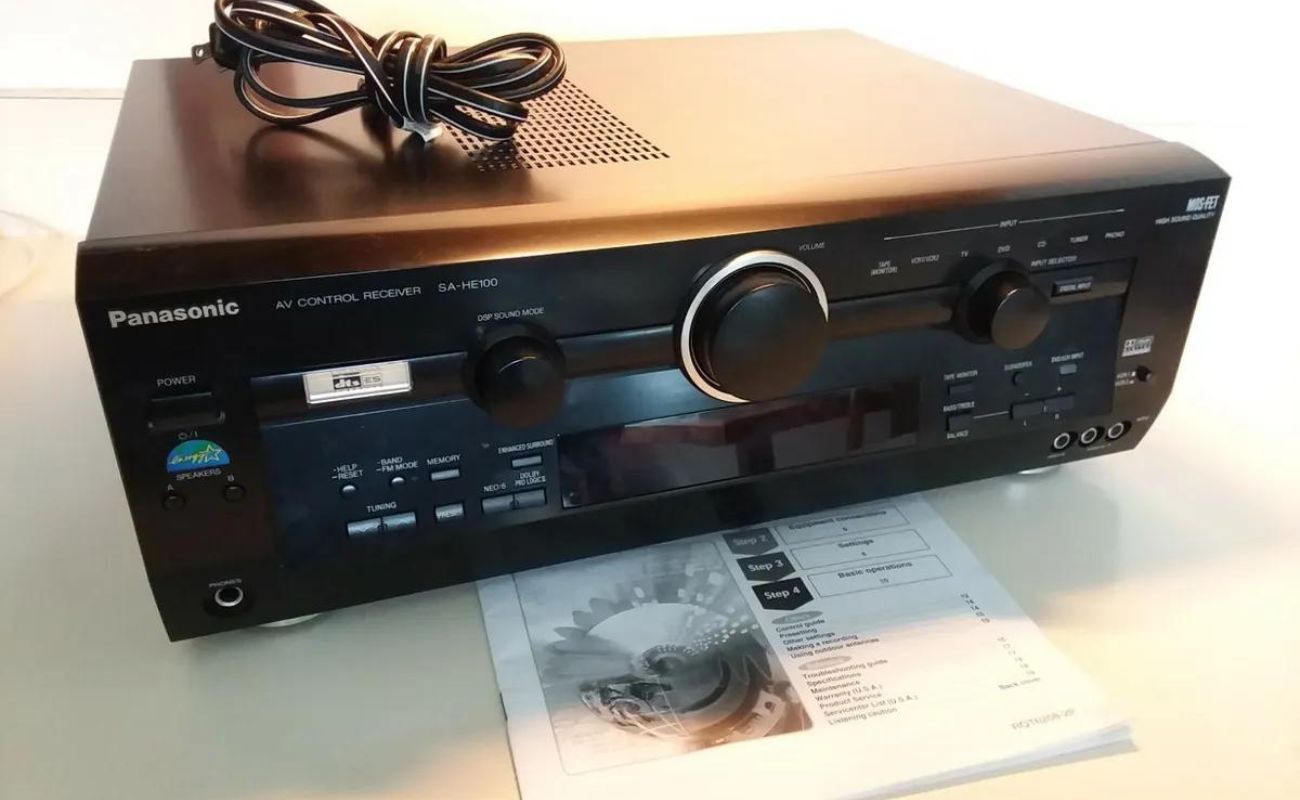
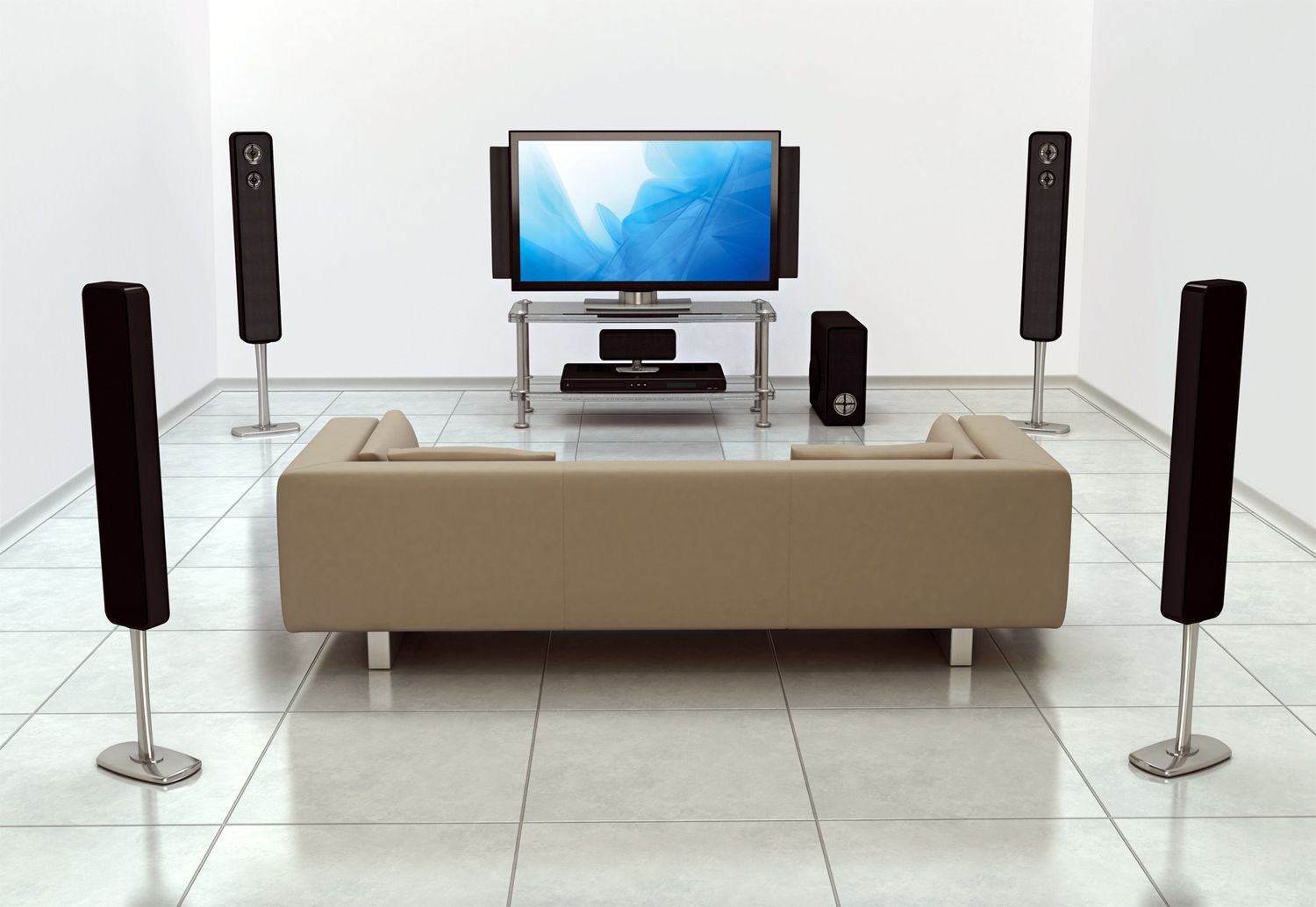
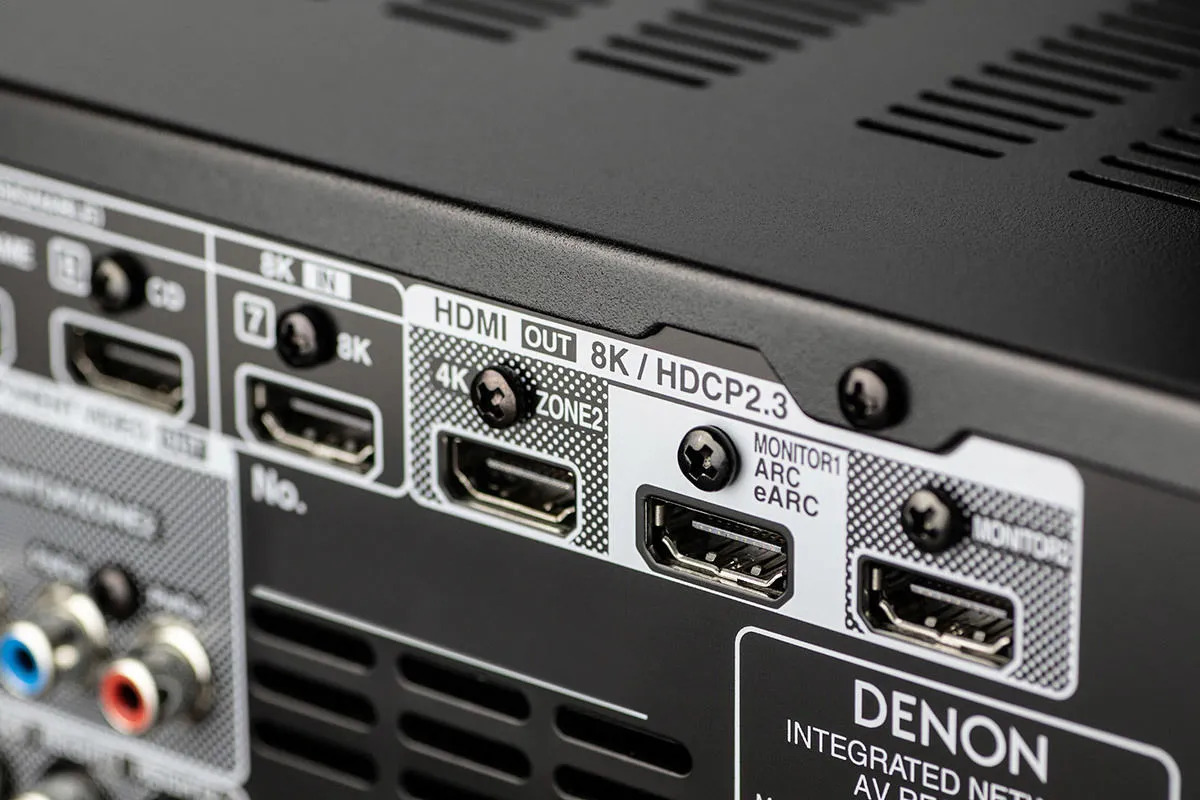
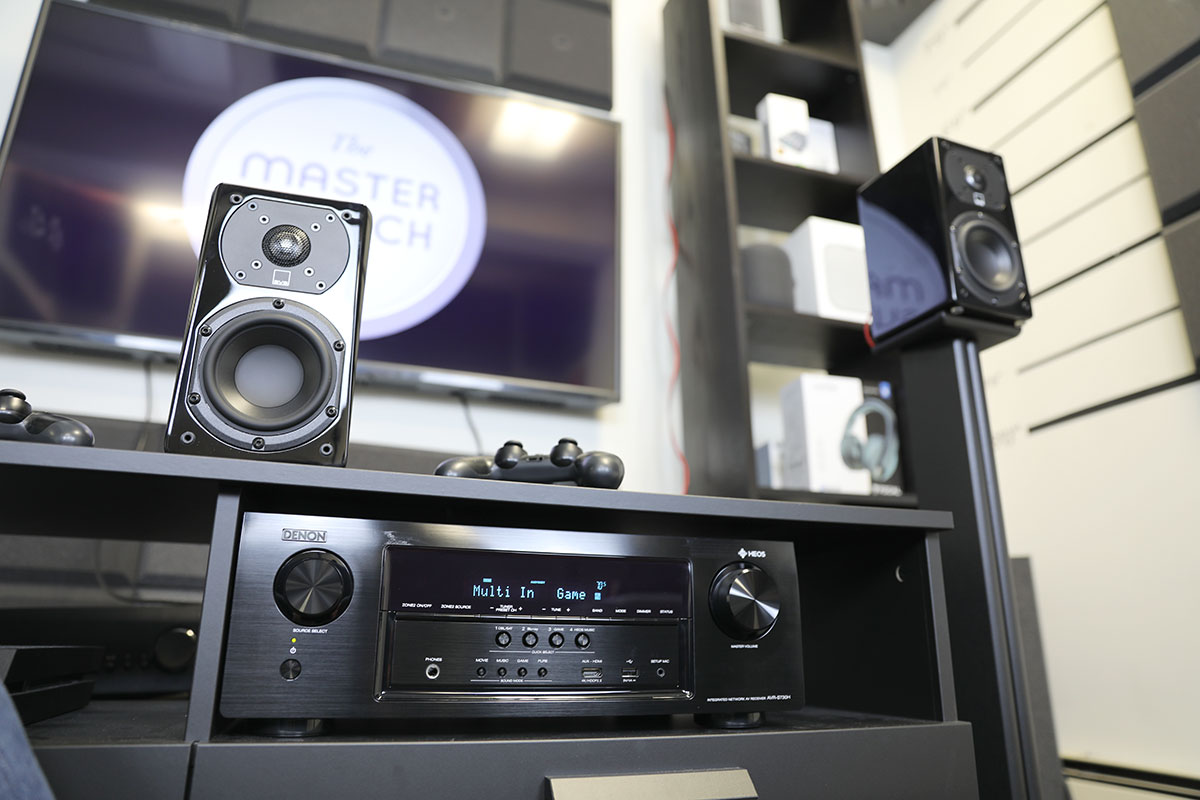
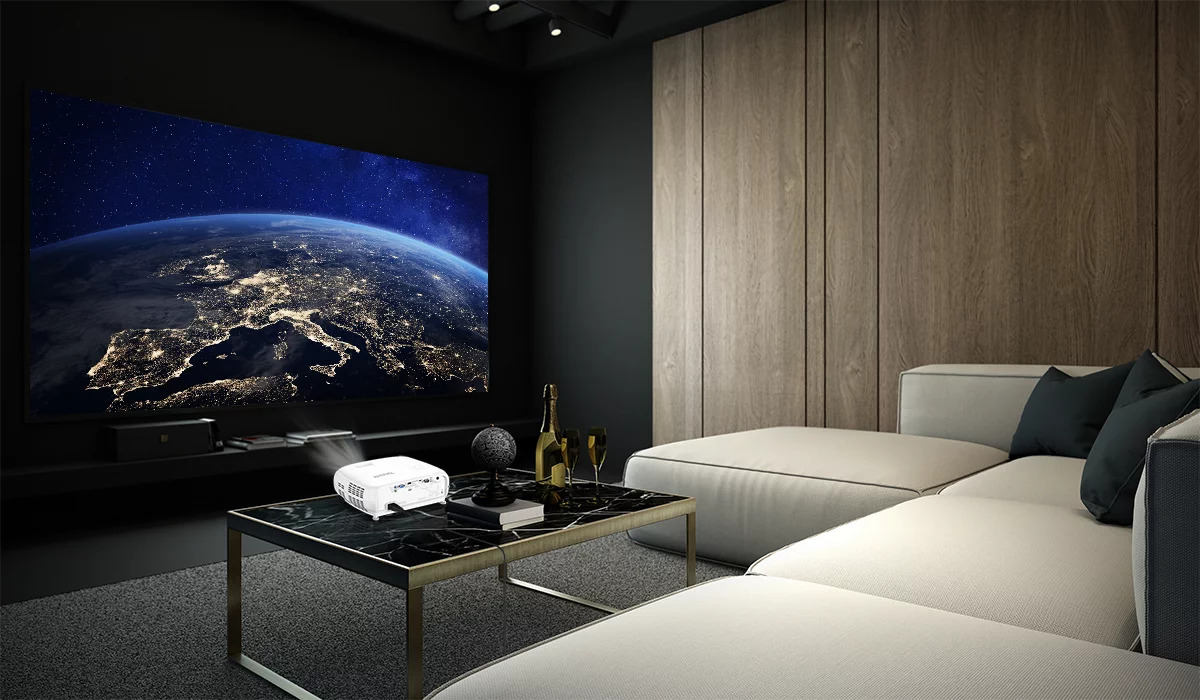


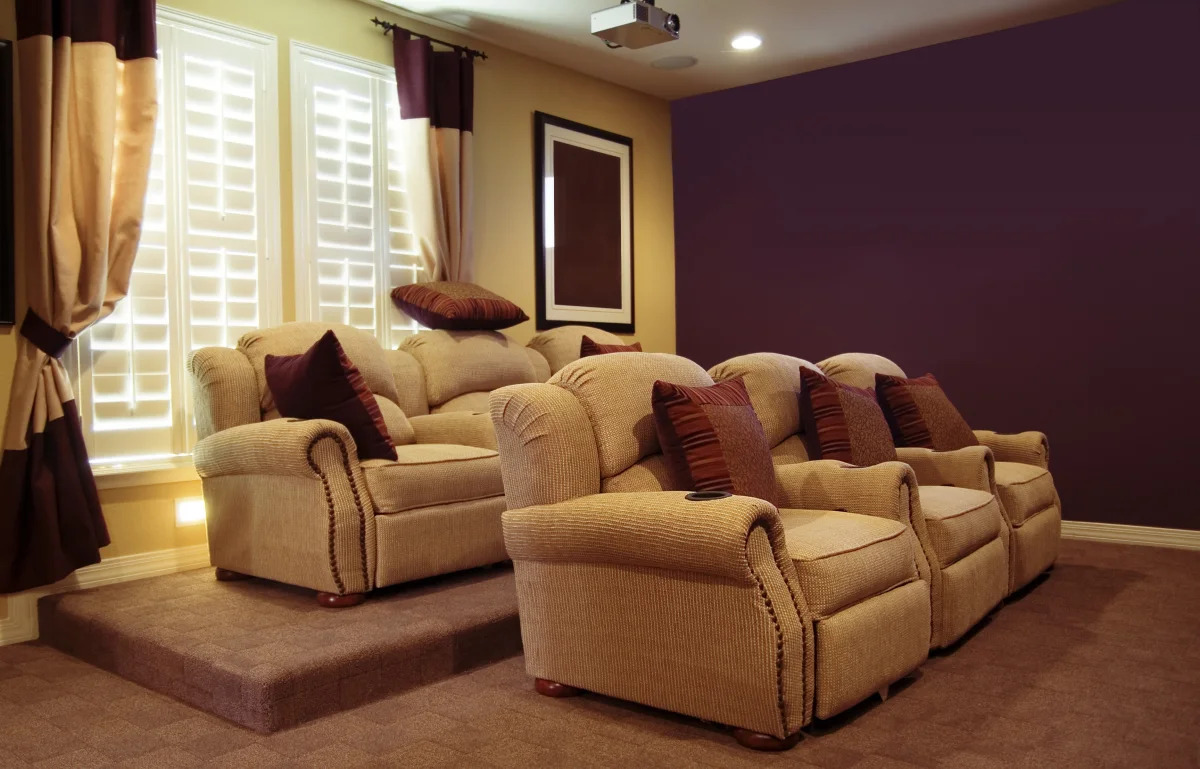

0 thoughts on “How To Design A Home Theater”